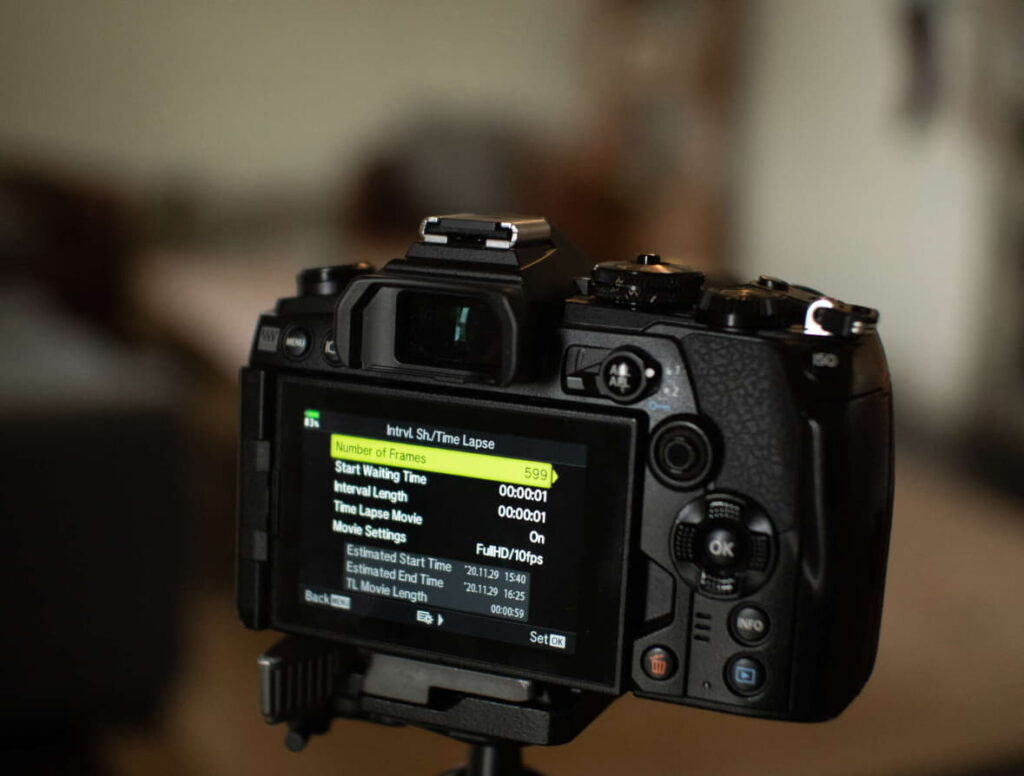Time-lapse photography has revolutionized the way we view our world. This technique allows us to witness processes that are usually too slow for the human eye to perceive, such as a flower blooming or a skyscraper’s construction. The increased demand for this type of photography has led to a surge in interest in time-lapse camera systems. However, with such a vast array of options available on the market, choosing the right system can be daunting. This guide aims to simplify your decision-making process by highlighting five key factors to consider when buying this camera system.
Purpose
The first thing you need to reflect on is why you’re acquiring the system. Do you intend to use it to monitor a construction site’s progress, capture the beauty of nature over time, or perhaps you want to use it for security recording? Your intended use will significantly influence the type of system you need.
Video Quality/Resolution
The quality of your visuals is fundamental in time-lapse photography. Therefore, the resolution of your camera is a crucial consideration. Most professionals recommend a minimum of 1080p for standard time-lapse videos.
However, if you plan on displaying your work on larger screens or have the intention of digitally zooming into your footage, a camera with 4K resolution would be more appropriate.
Weatherproofing
If you’re planning to use your camera outdoors, it needs to withstand varying weather conditions. Look for a camera that is weather-sealed or comes with protective housing. A weatherproof system ensures longevity and consistent performance regardless of the elements.
Photo Storage and Remote Access
Storage capacity is another important factor. Time-lapse photography involves capturing images over extended periods, which can quickly consume storage space. Look for camera systems with ample storage or cloud upload capabilities. Additionally, a time-lapse camera controller with remote access allows you to adjust your camera settings and review your footage from anywhere.
Power Source
Lastly, consider the power source. If your camera will be placed in a remote location without access to electricity, a solar-powered or long-lasting battery-operated model would be ideal. This consideration will ensure that your camera continues operating for the duration of your project without any interruptions.
Conclusion:
Choosing the right camera doesn’t have to be an overwhelming task. By considering your purpose, video quality, weatherproofing, storage, and power source, you can find a system that perfectly suits your needs. Remember, the best time-lapse camera systems are not necessarily the most expensive one but the one that aligns with your specific requirements and budget. Happy shooting!


